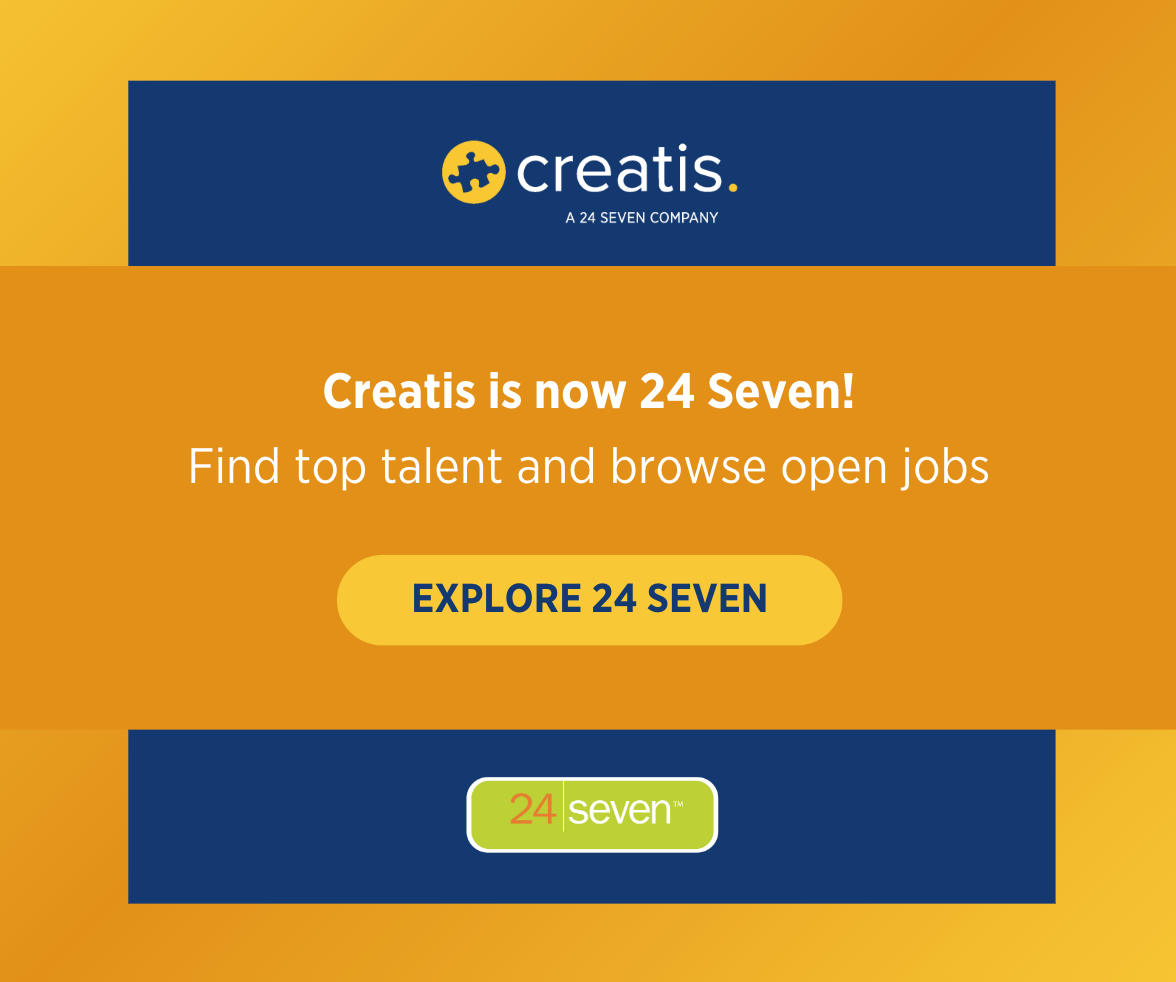Leadership Lessons from the Big-Hearted Hippo
I really identify with Hippos. Although I don't have short, stumpy legs and a barrel-shaped body, I do lean toward being a herbivore and have been told that I can get aggressive when challenged. And like the hippo who has one of the biggest hearts in the animal kingdom, I am also a warm, loving creature under all of my bulletproof skin who genuinely cares about the people around me.
So why then can I so easily engage with some people and totally send others into 'fight' or 'flight' mode?
I think the reason ties to a whole different kind of HiPPO that was mentioned in a leadership podcast I was recently listening to — with HiPPO in this case referring to the the acronym for the 'highest paid person's opinion' or the 'highest paid person in the office' (which technically would be HiPPITO but whatever). The HiPPO effect refers to a few things, but what resonated with me was this: when a HiPPO is in the room and an important decision has to be made, the group collectively defers to the judgement of the HiPPO and doesn't speak up. All the traits that got us to that highly paid seat and which make us successful (confidence, being a great problem-solver, speaking up with a strong POV, loving a good debate) now may be shutting down dissenting - and valuable - opinions from our teams.
While pondering the potential downsides to my hippo tendencies and wondering if the HiPPO effect was happening here at Creatis, I realized that I rely on a few key tools that I received during a year-long leadership coaching engagement I had with Carol Keers and Tom Mungaven from Changemasters (www.changemasters.com). The tool that I pull out often is called OPPOV and it helps a leader better understand the driving forces of someone else's behavior. OPPOV stands for Other Person's Point of View and using the tool helps me better understand how one of my team may intrepret or approach things when we are solving business issues together. The tool helps you think about the following:
- What is he motivated by? Think about what things get that person up in the morning and drive him to be successful. Things like learning new things, solving problems, checking things off a 'to do' list efficiently, or perhaps it's about being promoted and making more money.
- What is she rewarded for? Write down her behaviors (can be good or bad) that you or others reward her for doing. Maybe she's the one that always gets the laugh from some smart-ass comment whether it's appropriate or not. Or maybe she always gets the big THANK YOU because she is the one always taking on the 'crap' work that no one else wants (even though she doesn't get her 'real' job done.) Or on the more positive side, maybe she is quickly closing in on being that HiPPO in the room because she is killing her sales numbers and being rewarded in the form of great sales commissions.
, - What is he fearful of? This can be as simple as that he just doesn't want to look stupid to more deep, complex fears about never measuring up to expectations. Depending on your culture, a common one might be a fear of getting fired or yelled at. Think about what he may be afraid of - and if you don't know this - you need to ask.
- How is my behavior blocking her rewards or tapping into her fears? Don't overthink it. Based on what you just identified, write down one or two things that immediately come to mind about what you do that she perceives negatively. It doesn't matter if you intent to block her or not - it is how she perceives what is happening in that situation that matters and may need to be discussed further.
Use of the OPPOV tool can significantly improve your impact as a leader and communicator - and can be used in conjunction with another great Changemasters tool called S.O.M.E. Adaptations for Communication. Here's how you can use S.O.M.E. to manage communication situations more effectively:
- S - Situation - Define what is going on, who is impacted and what objectively needs to happen in this interaction to get to the shared outcome your desire.
- O - OPPOV - Use the OPPOV tool to more fully understand how others in the conversation are perceiving and interpreting what's going on.
- M - MPOV - Be self-aware enough to understand how YOU are reacting to the situation - and be concise about your POV while leaving an opening for other opinions.
- E - Expression - Think through how you can adapt your content, visual and vocal messages to be more effective with that person in that particular situation - again to get to the collective outcome you desire.
Using tools like OPPOV and S.O.M.E. have helped me keep my head above water - so to speak - but understanding some of my less than ideal hippo-like tendencies and working hard to change my behavior to successfully engage with those around me is something I have to work on every day. I am so grateful for the Creatis leadership team in place today, because for many years I was totally under water but kicking like mad to move us toward our goals.
And thank god for them - because even a hippo can only hold its breath for something like 5 minutes. If you'd like to chat OPPOV, contact me at This email address is being protected from spambots. You need JavaScript enabled to view it..






